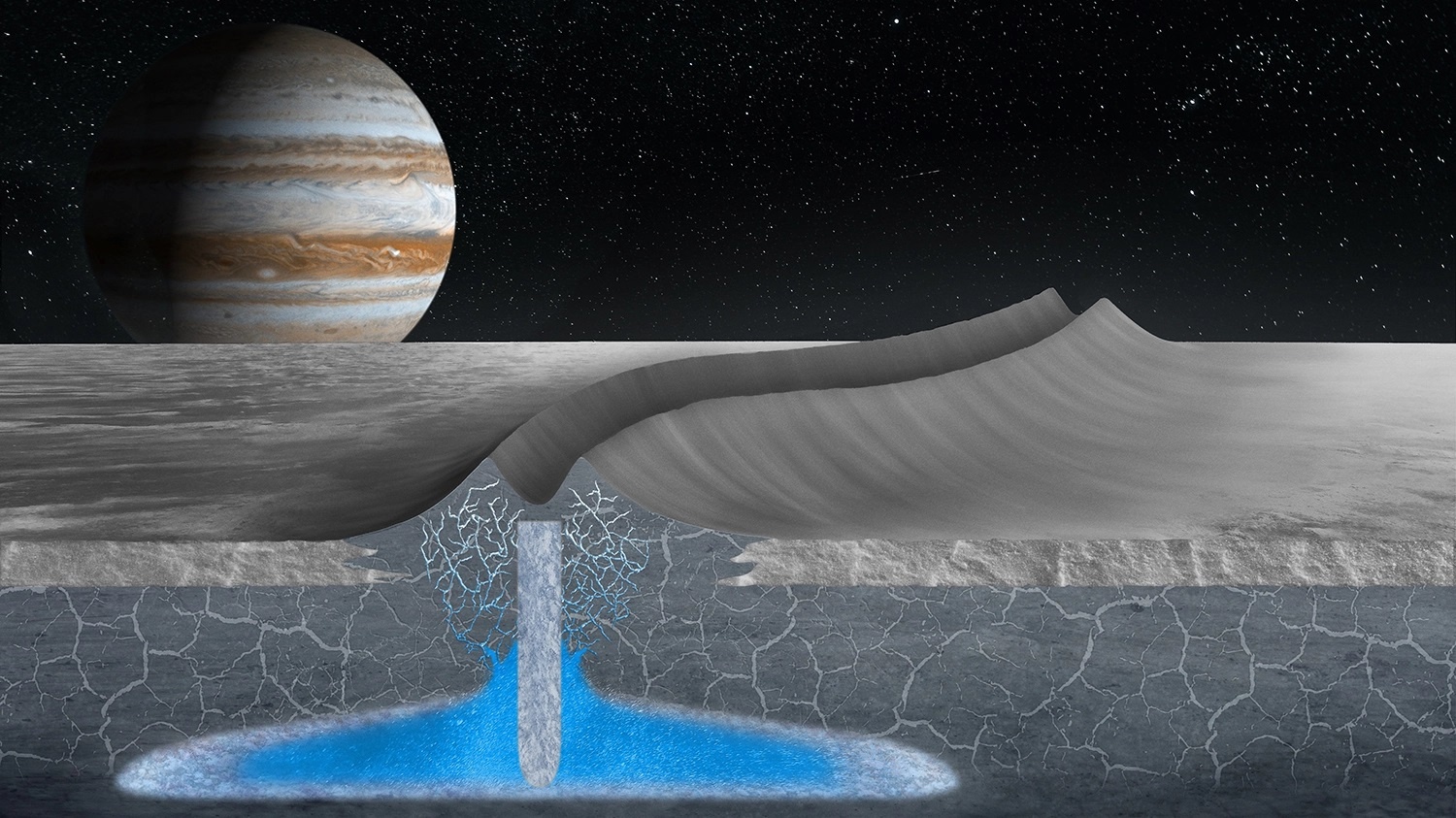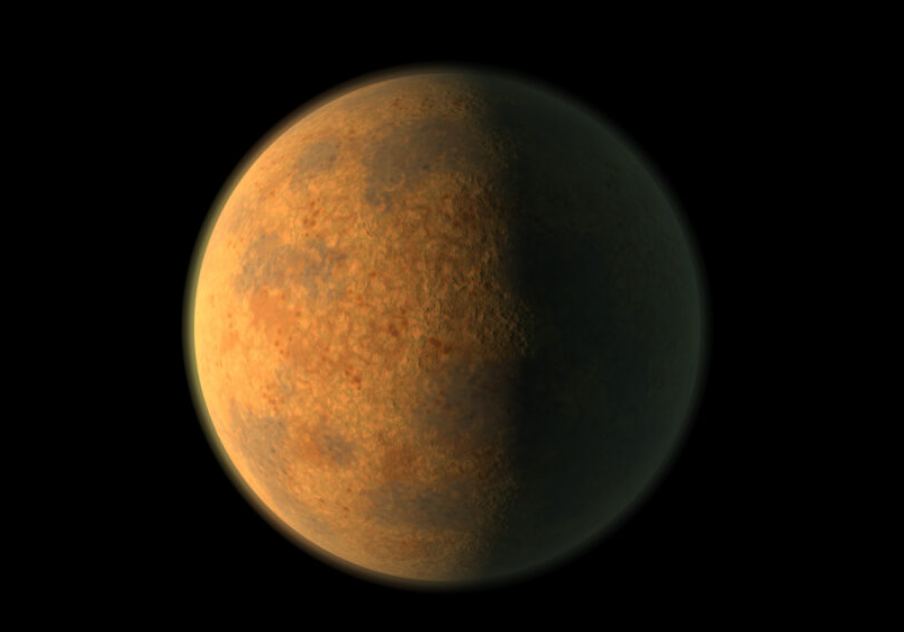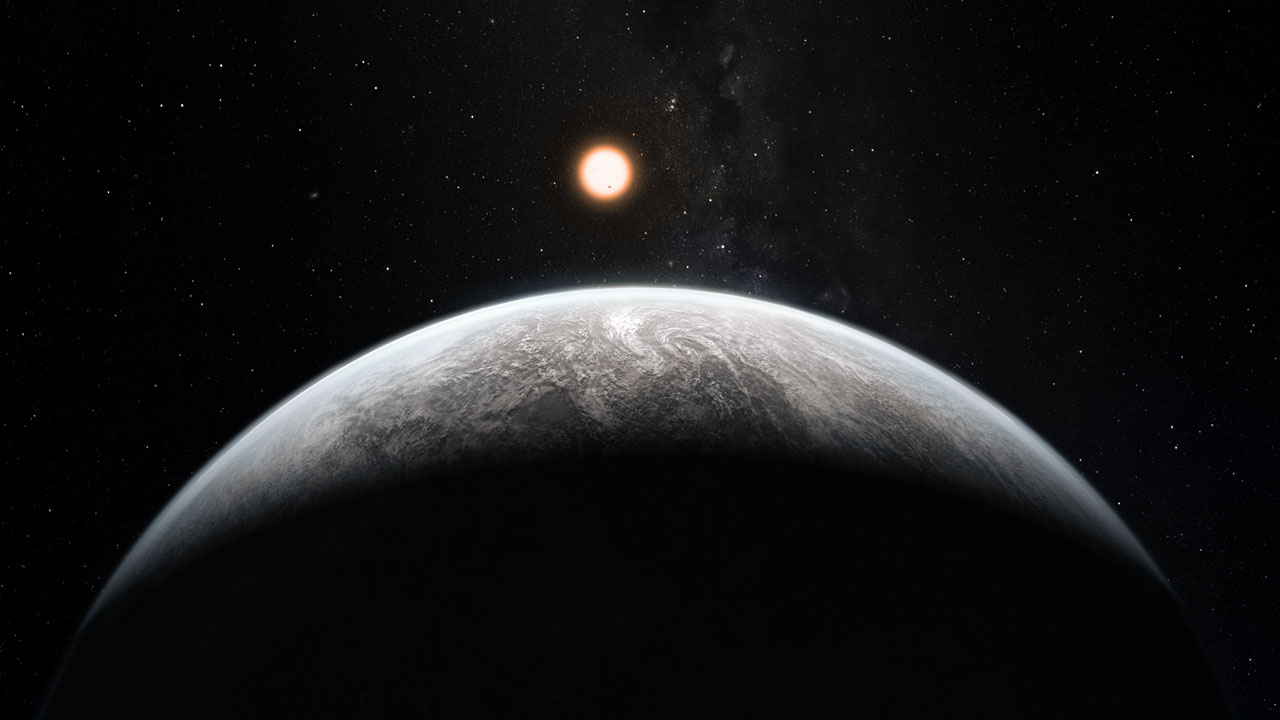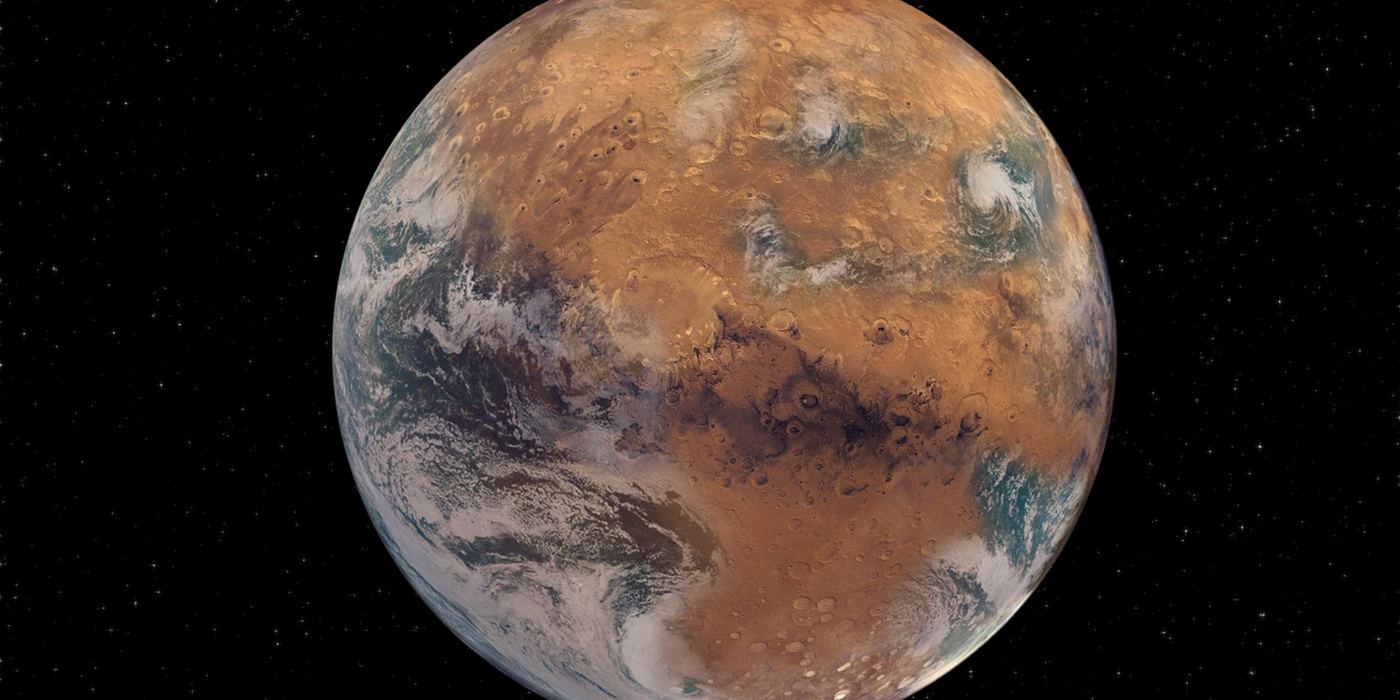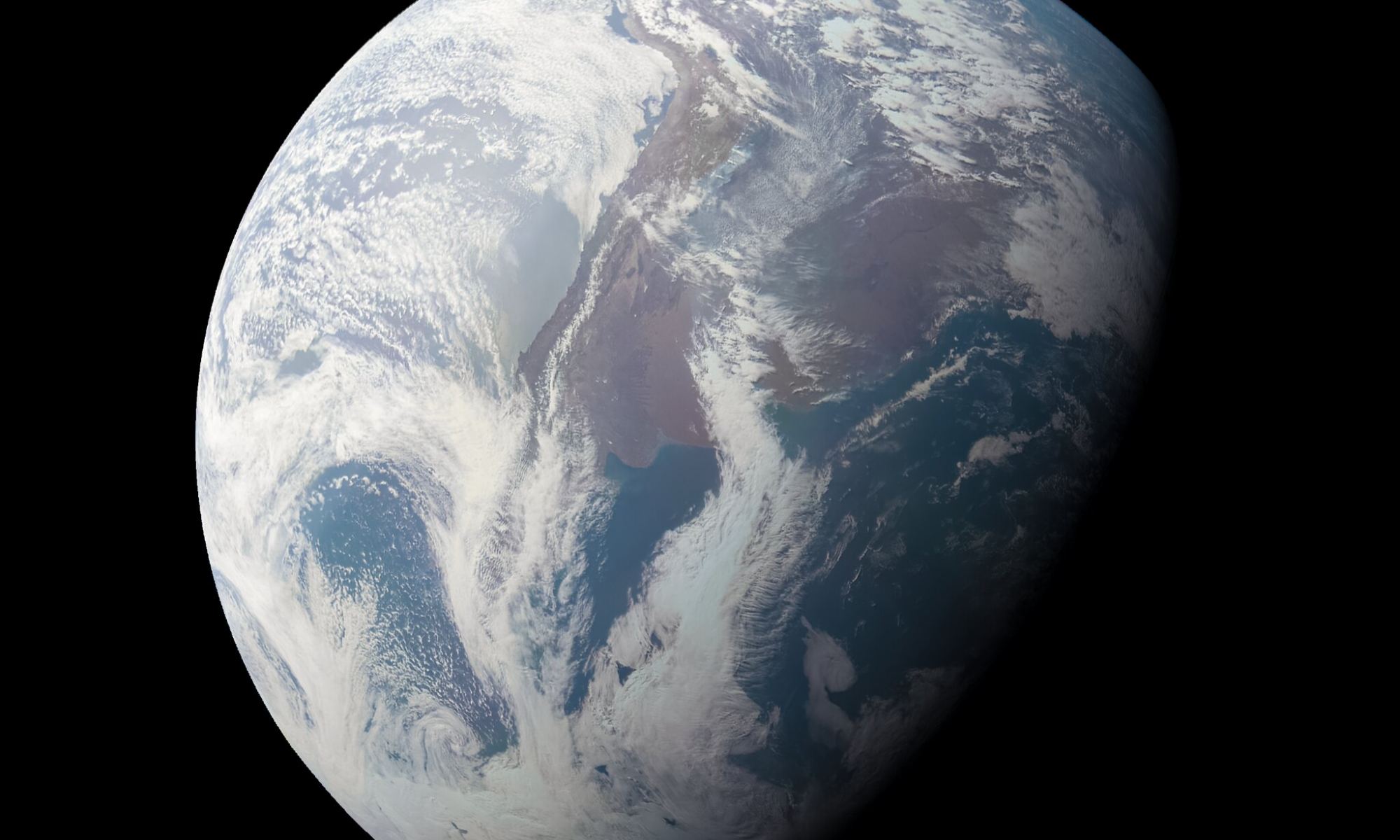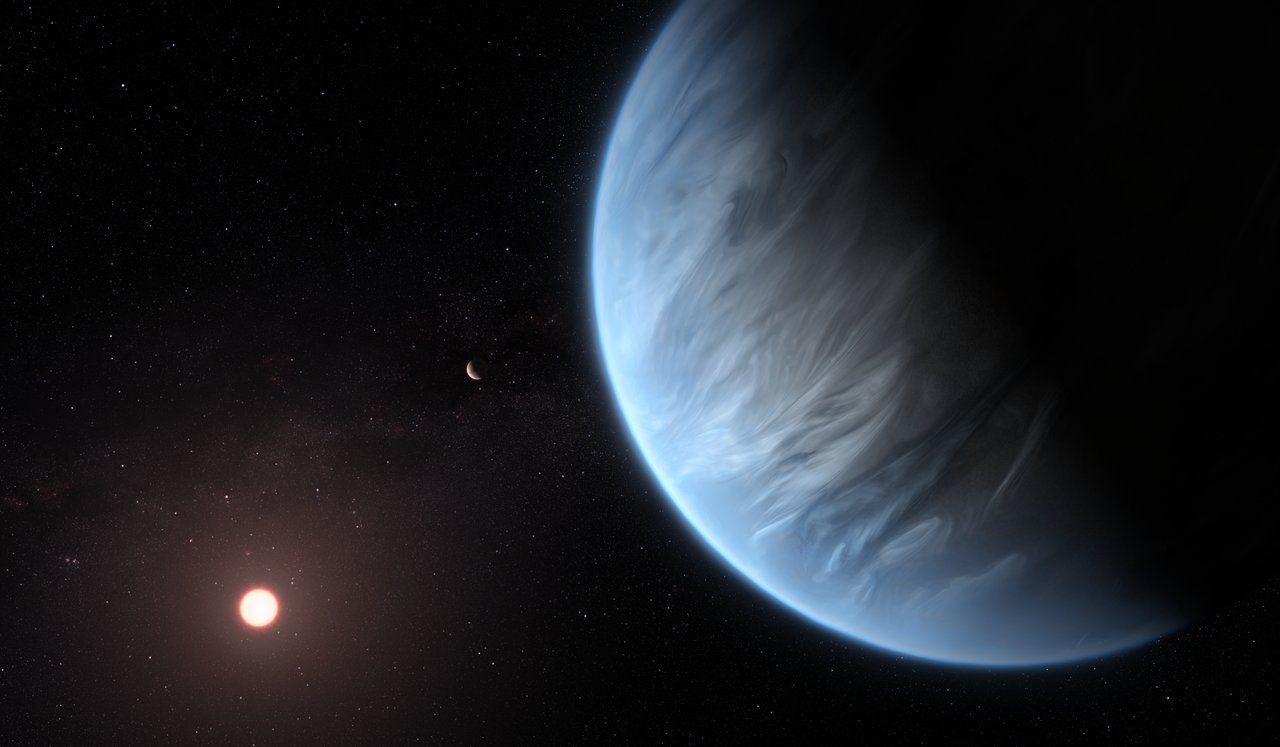Beneath the surface of Jupiter’s icy moon Europa, there’s an ocean up to 100 km (62 mi) deep that has two to three times the volume of every ocean on Earth combined. Even more exciting is how this ocean is subject to hydrothermal activity, which means it may have all the necessary ingredients for life. Because of this, Europa is considered one of the most likely places for extraterrestrial life (beyond Mars). Hence, mission planners and astrobiologists are eager to send a mission there to study it closer.
Unfortunately, Europa’s icy surface makes the possibility of sampling this ocean rather difficult. According to the two predominant models for Europa’s structure, the ice sheet could be a few hundred meters to several dozen kilometers thick. Luckily, new research by a team from Stanford University has shown that Europa’s icy shell may have an abundance of water pockets inside, as indicated by features on the surface that look remarkably like icy ridges here on Earth.
Continue reading “Shallow Pockets of Water Under the ice on Europa Could Bring Life Close to its Surface”
